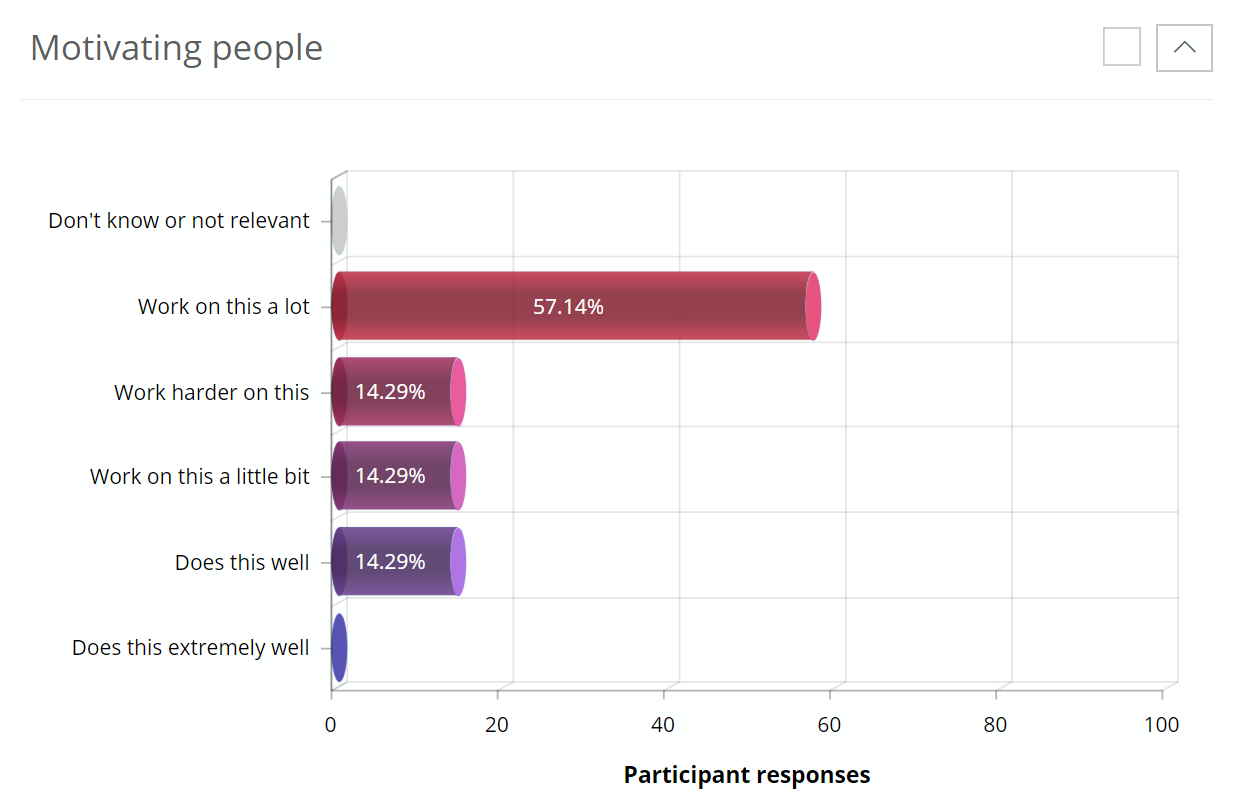Surveys: A Guide for Training Organisations
In the field of training and development, surveys offer a means to gather feedback, assess training effectiveness, and drive data-driven decisions. Effective evaluation is a cornerstone of continuous improvement in training organisations. Here we outline the uses and benefits of surveys for training organisations and their training programs.
Training plays an important role in shaping the skills and knowledge of individuals. Ensuring the effectiveness of training programs requires a continuous cycle of evaluation and improvement. Surveys offer invaluable insights into the perceptions, experiences, and outcomes of training initiatives. By incorporating surveys into training programs, organisations can reap a range of benefits, from measuring training effectiveness to identifying areas for improvement.
Understanding the effectiveness of training programs is imperative
Training programs aim to impart knowledge and develop tangible skills and behaviors. Surveys provide a direct way to assess the extent to which training programs achieve their intended outcomes. Surveys can be employed throughout the training lifecycle, from training needs analysis, to pre-training assessment to post-training evaluation and to the long term impacts beyond. They provide a channel for gathering feedback from participants, trainers, and stakeholders, offering a perspective on the training experience and its impact.
Embrace surveys to achieve training excellence
Surveys, when employed strategically, serve as invaluable tools for training organizations, providing a wealth of insights to enhance training effectiveness, improve participant engagement, and drive data-driven decision-making. By embracing surveys and implementing them effectively, training organizations can unlock their full potential and achieve their desired training outcomes.
Gather feedback for continuous improvement
Training programs are not static; they should evolve over time to adapt to changing needs and technological advancements. Surveys play a crucial role in facilitating this continuous improvement process. By gathering feedback from participants on the relevance, delivery, and impact of training programs, organizations can identify areas for improvement, refine training materials, and enhance the overall training experience.
Boost employee engagement and motivation
Surveys serve as a powerful tool for fostering employee engagement and motivation. By actively seeking feedback from employees, organizations demonstrate their commitment to employee development and their willingness to listen to their perspectives. This open communication fosters a sense of value and appreciation among employees, motivating them to actively participate in training programs and contribute to their success.
Identify training needs and priorities
Surveys provide valuable insights into the training needs and priorities of employees. By understanding the specific skills and knowledge gaps within their workforce, organizations can tailor training programs to address these gaps and ensure that training investments are aligned with the organization’s strategic objectives.
Measure the Return on Investment (ROI) of training
Training programs often involve significant investments in resources and time. Surveys can play a critical role in measuring the ROI of training by assessing the impact of training on employee performance, productivity, and overall organizational outcomes. By quantifying the benefits of training, organizations can demonstrate the value of their training investments and make informed decisions about future training initiatives.
Types of surveys for training organisations
The specific type of survey used will depend on the purpose of the assessment and the target audience. Some common types of surveys for training organizations include:
Needs analysis and assessment surveys
These surveys are used to identify the training needs and priorities of employees across different departments or roles.
Pre-training needs assessment surveys
Pre-training surveys serve as a valuable tool to gauge participants’ needs, expectations, and prior knowledge. By understanding their current level of expertise and learning preferences, trainers can tailor their approach and ensure that the training content aligns with the participants’ requirements. This proactive approach sets the stage for a more engaging and effective learning experience.
In-training surveys
During-training surveys offer a unique opportunity to gather feedback in real-time, allowing trainers to make adjustments and address any concerns promptly. This formative feedback loop ensures that the training remains relevant, engaging, and aligned with the participants’ learning needs.
Post-training surveys and evaluation
Post-training surveys provide crucial insights into the effectiveness of the training program, training facilities, resources and identify areas for improvement . By evaluating participants’ knowledge acquisition, skill development, and overall satisfaction, organizations can assess the return on investment (ROI) of their training efforts. Additionally, post-training surveys can identify areas for improvement, enabling continuous refinement of training programs.
Trainer feedback and effectiveness assessment
Feedback empowers trainers to hone their skills, improve their training effectiveness and deliver consistently valuable training sessions. Typically, these surveys evaluate trainer communication, presentation skills, and engagement techniques and identify areas of strength as well as development.
Long term impact surveys
These surveys are conducted long after training programs to evaluate the long-term impact of training on employee performance and retention.
Optimise survey design and implementation
Careful consideration should be given to survey design and implementation. Key survey design considerations include:
- Clear Objectives: Clearly define the purpose and objectives of the survey to ensure targeted questions and relevant data collection.
- Appropriate Length: Keep surveys concise to avoid respondent fatigue and maintain focus.
- Varied Question Types: Utilize a mix of question types, such as multiple-choice, open-ended, and Likert scales, to gather diverse perspectives.
- User-Friendly Interface: Ensure the survey is easy to navigate and accessible to all respondents.
- Confidentiality Assurances: Emphasize data confidentiality to encourage honest and open responses.
Best practice for survey administration
To maximize the effectiveness of surveys, training organizations should adhere to best practices in survey administration. These practices include:
- Clear Communication: Clearly communicate the purpose of the survey and the importance of employee participation.
- Anonymity and Confidentiality: Ensure that survey responses are anonymous and confidential to encourage honest and unbiased feedback.
- Accessibility: Use survey platforms that are accessible to all employees, regardless of their technical expertise or preferred language.
- Timeliness: Administer surveys at appropriate times to avoid disrupting workflows or overburdening respondents.
- Actionable Feedback: Analyze survey data promptly and translate insights into actionable steps to improve training programs.
Harness the benefits of surveys
Incorporating surveys into the training process delivers a multitude of benefits to help training organisations to achieve their goals.
- Enhanced Training Effectiveness: Surveys provide actionable feedback to improve training content, delivery methods, and overall program design.
- Improved Participant Engagement: Real-time feedback and personalized learning experiences boost participant engagement and satisfaction.
- Data-Driven Decision-Making: Surveys provide quantitative and qualitative data to inform strategic decisions about training investments and resource allocation.
- Continuous Improvement Culture: Surveys foster a culture of continuous improvement by identifying areas for enhancement and driving ongoing innovation.
Surveys should be a cornerstone of training excellence
Surveys are not mere questionnaires; they are tools to uncover insights that can transform training programs into drivers of success. By incorporating surveys into training initiatives, organisations can measure the effectiveness of their training, gather feedback for continuous improvement, foster employee engagement, identify training needs, and demonstrate the ROI of their training investments. As training organisations strive to deliver high-impact training programs, surveys will continue to ensure that training is not just an event but a catalyst for organisational growth and individual development.






